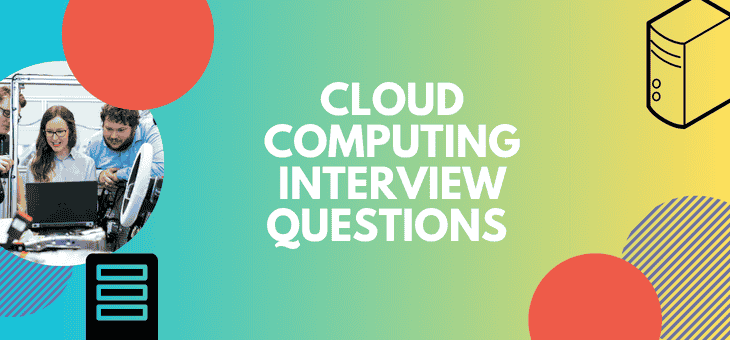Understanding TCP Header Format in Computer Networks: For Beginners
In computer networking, it is crucial to learn the TCP header format. Whether you are initiating your process with Cisco training, seeking network certifications, or acquiring Cisco courses at UniNets, learning about the TCP header structure will make you understand data transmission protocols better.
Let us dissect the format of the TCP header in computer networks and learn about its elements, practical uses, and associated technologies like VRF, SCCM, and others.
What is TCP and Why is It Important?
TCP, or the Transmission Control Protocol, is a fundamental Internet Protocol Suite protocol that makes sure data is transmitted dependably between networks. Whether browsing pages, emailing, or watching videos, TCP makes sure data packets get delivered in one piece and in sequence.
Each TCP segment includes a TCP header, a formatted collection of information used to provide error checking, flow control, sequencing, and connection control.
The TCP Header Format Explained
TCP header structure includes a number of fields, and each is used for a special function:
Source Port and Destination Port (16 bits each)
These are the identification fields for the sending and receiving applications via port numbers.
Sequence Number (32 bits)
This is a number that tells the sequence of bytes transmitted from the source. It aids in reconstructing segments on the receiving end.
Acknowledgment Number (32 bits)
Points to the next byte expected to be sent by the sender to support reliable data transfer.
Data Offset (4 bits)
Defines the size of the TCP header.
Reserved (3 bits)
Reserved for future use and must be set to zero.
Control Flags (9 bits)
Contains flags such as URG, ACK, PSH, RST, SYN, and FIN, which manage connection setup and teardown.
Window Size (16 bits)
Specifies the amount of bytes the sender will accept.
Checksum (16 bits)
Used to error-check the header and data.
Urgent Pointer (16 bits)
Notification that urgent data is being sent.
Options and Padding (variable)
Reserved for additional functionalities like selective acknowledgment.
Knowledge of these fields is essential for students taking Cisco training courses like CCNA, CCNP, or Cisco specialized courses at UniNets.
TCP Header Format in Computer Networks: Real-World Relevance
Understanding the TCP header structure in computer networks is not only important for exams — it's critical in actual networking activities such as traffic analysis, troubleshooting, and enforcement of security policies. Network administrators usually analyze TCP headers while troubleshooting performance problems or detecting malicious traffic.
In actual work, software such as Wireshark assists in capturing and dissecting TCP headers to promote efficient and secure network operations.
VRF and TCP: Network Segmentation in Practice
Virtual Routing and Forwarding (VRF) enables multiple copies of routing tables to be present on a single router. When combined with TCP, VRF offers logical network segmentation, generally found in multi-tenant deployments or enterprise environments with intricate infrastructures.
UniNets trains networking experts to configure VRF for maximizing routing and providing increased security. Cisco advanced training courses include the learning of VRF full form and its use.
SCCM and SSCM: Management of Networked Systems
While TCP functions at the transport level, systems like SCCM (System Center Configuration Manager) handle client systems and configurations in enterprise networks. IT admins responsible for updates, software installs, and compliance need to know SCCM full form and how it works.
SSCM, although frequently mistaken for SCCM, may denote "Secure Supply Chain Management" or otherwise based on the industry. Both are used in more general IT infrastructure planning and are discussed in UniNets' advanced IT management and automation sessions.
Why Learn TCP Header Format at UniNets?
UniNets is a premier IT and networking education provider. From starting from scratch with basic networking to delving into routing, switching, and security, UniNets provides customized Cisco training courses that include the TCP header format, protocol analysis, and advanced routing topics such as VRF.
What you get by studying at UniNets:
Hands-on lab-based training in actual network scenarios
Training on Cisco devices, including TCP header inspection simulation
Expert training in SCCM deployment and network automation
Certification-focused Cisco training such as CCNA, CCNP, and dedicated tracks
Gaining insight into the application of tools such as Wireshark to decode TCP packets
Conclusion
Taming the TCP header structure in computer networking is not only an educational necessity but a springboard to being an efficient network administrator. From the sequence number to the checksum, each field in the TCP header has a bearing on reliable data transmission.
By combining SCCM, VRF, and gaining practical Cisco skills at UniNets, students grasp the full scope of current networking.





Comments